[caption id=“attachment_2210800” align=“alignleft” width=“940”] 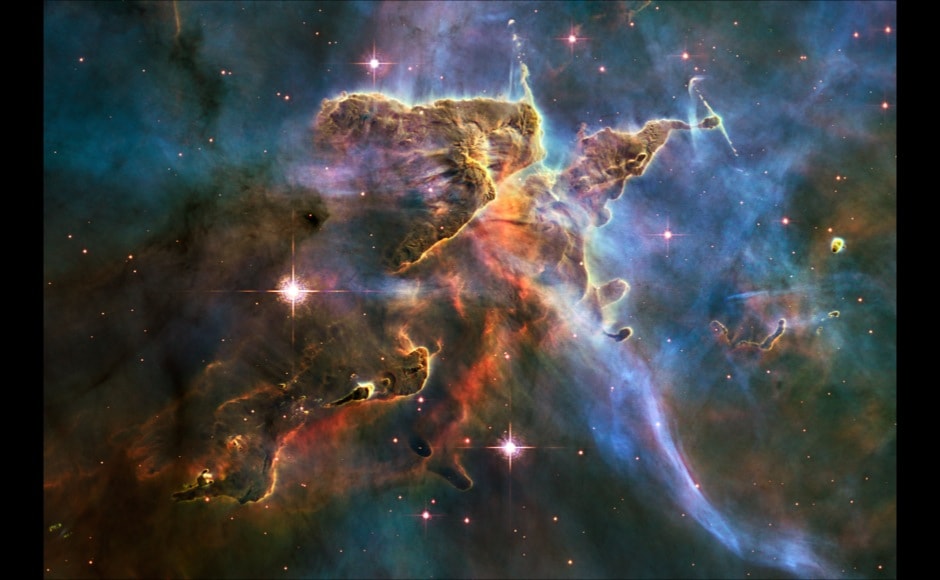 Carina Nebula: This NASA Hubble Space Telescope image captures the tempestuous stellar nursery, located 7,500 light-years away from Earth in the southern constellation Carina. The image celebrates the 20th anniversary of Hubble’s launch and deployment into an orbit around Earth. Reuters[/caption] [caption id=“attachment_2210802” align=“alignleft” width=“940”]  A new view of the Eagle Nebula, one of the two largest and sharpest images Hubble Space Telescope has ever taken, was released by NASA on Hubble’s 15th anniversary April 25, 2005. The new Eagle Nebula image reveals a tall, dense tower of gas being sculpted by ultraviolet light from a group of massive, hot stars. Reuters[/caption] [caption id=“attachment_2210804” align=“alignleft” width=“940”] 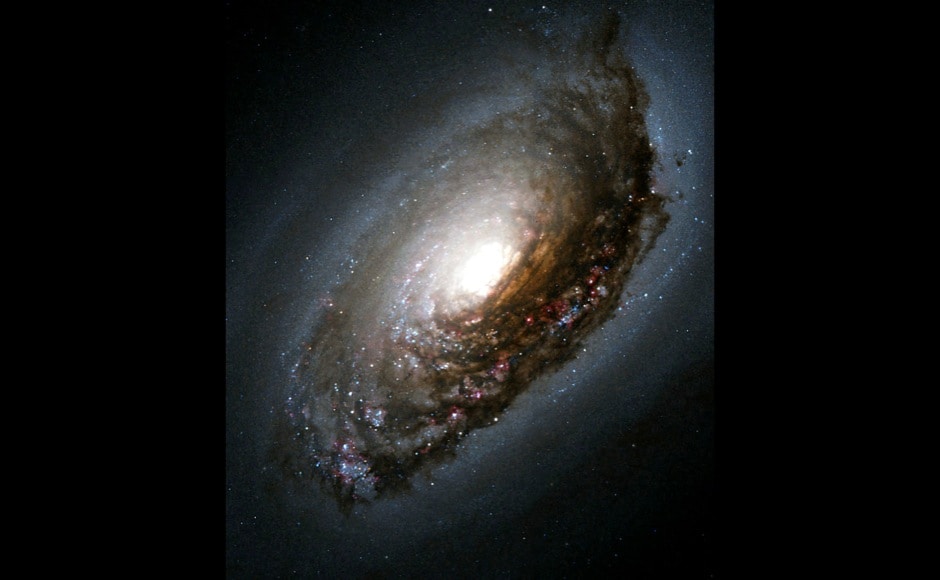 The Hubble Space Telescope has snapped a new image of the “Black Eye” galaxy, so named because an ancient cosmic smashup produced a dark ring and a roiling, conflicted interior. What looks like a black eye in the Hubble picture is actually a dark band of dust that stands out vividly in front of the galaxy’s bright nucleus. The galaxy is officially known as M64, but astronomers have nicknamed it the “Black Eye” or “Evil Eye” galaxy. Reuters[/caption] [caption id=“attachment_2210810” align=“alignleft” width=“940”]  The photo, taken by NASA’s Hubble Space Telescope, captures a small region within M17, a hotbed of star formation M17, also known as the Omega or Swan Nebula, is located about 5,500 light-years (1690 parsecs) from Earth in the constellation Sagittarius. The turbulent gases in this photo of Gaseous Nebula in the Milky Way Galaxy shows roughly 1.9.arcminutes (3.1 light-years or 0.95 parsecs) across. The image was released to commemorate the 13th anniversary of Hubble’s launch on April 24, 1990. Reuters[/caption] [caption id=“attachment_2210812” align=“alignleft” width=“940”] 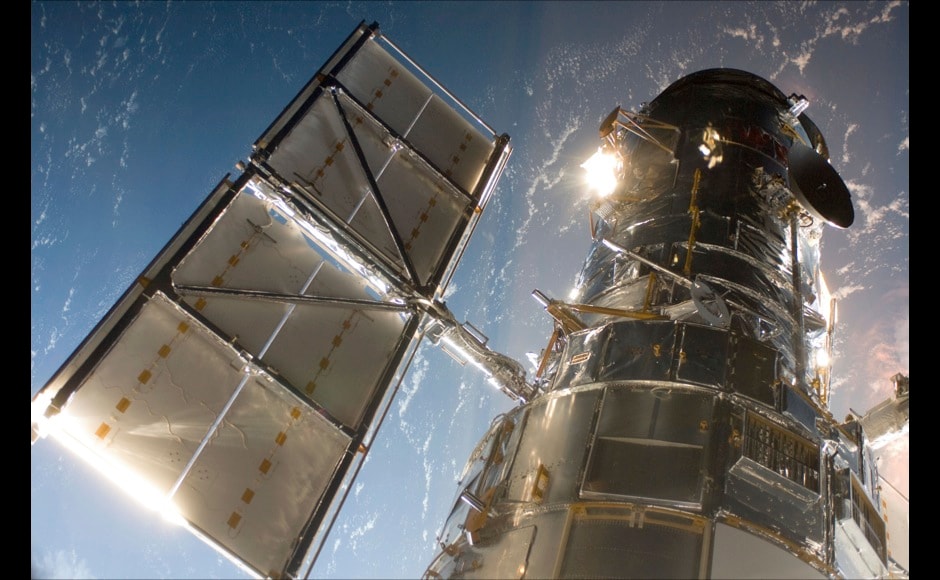 An STS-125 crew member onboard the Space Shuttle Atlantis of the Hubble Space Telescope. Reuters[/caption] [caption id=“attachment_2210814” align=“alignleft” width=“940”] 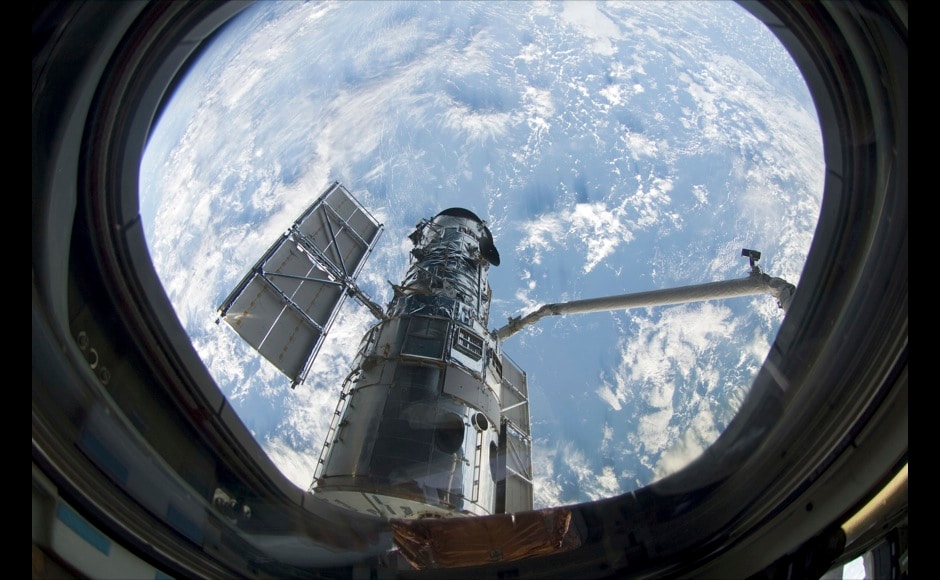 This still photo image taken May 13, 2009 and made available May 14, 2009 shows the Hubble Space Telescope after its’ grapple by the space shuttle Atlantis’s robot arm. Reuters[/caption] [caption id=“attachment_2210816” align=“alignleft” width=“940”] 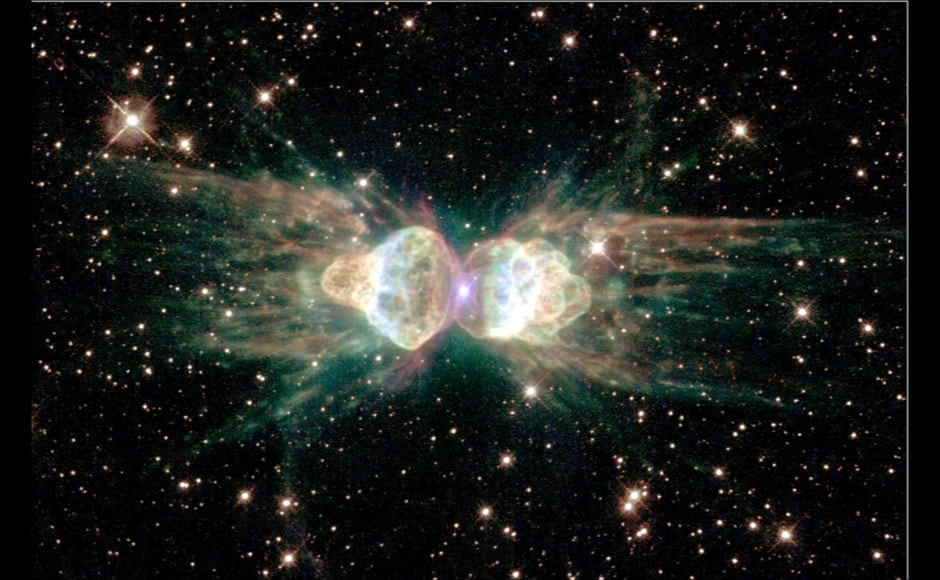 The glowing remains of a dying, sun-like star - resembles the head and thorax of a garden-variety ant. Reuters[/caption] [caption id=“attachment_2210824” align=“alignleft” width=“940”] 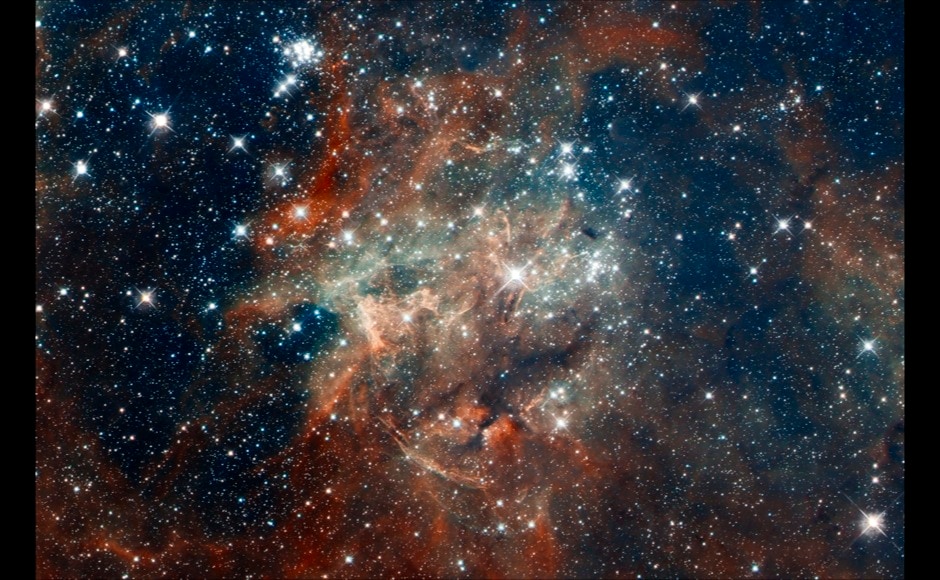 Star cluster NGC 2060, a loose collection of stars in 30 Doradus, located in the heart of the Tarantula Nebula 170,000 light-years away in the Large Magellanic Cloud, a small, satellite galaxy of our Milky Way. Reuters[/caption] [caption id=“attachment_2210826” align=“alignleft” width=“940”] 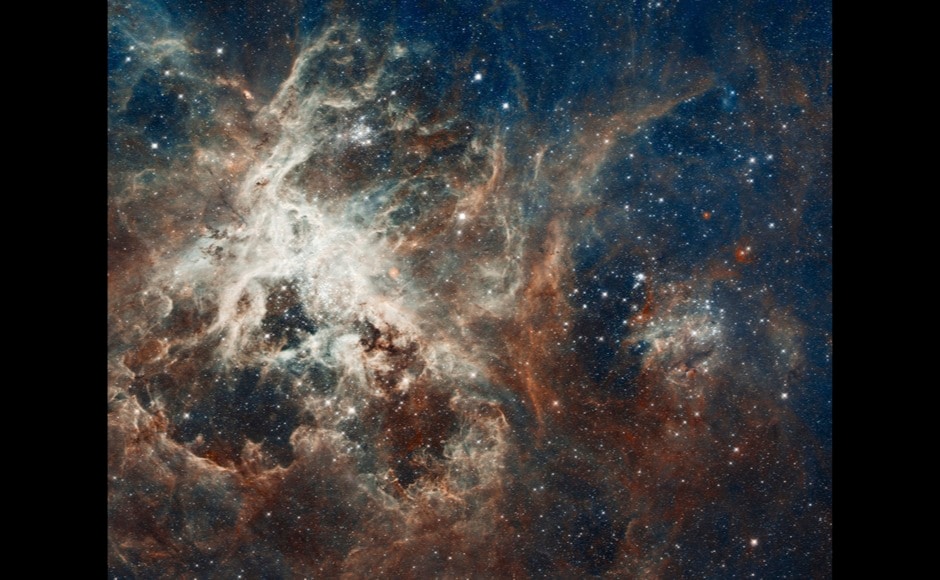 Several million young stars are vying for attention in a new NASA Hubble Space Telescope image of a raucous stellar breeding ground in 30 Doradus, a star-forming complex located in the heart of the Tarantula nebula. Reuters[/caption] [caption id=“attachment_2210830” align=“alignleft” width=“940”] 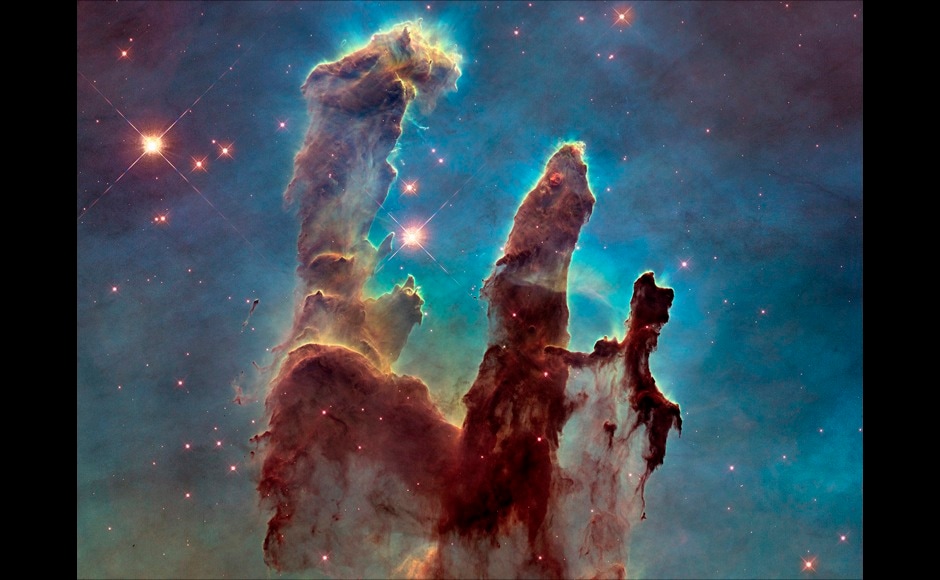 A Hubble telescope photograph of the iconic Eagle Nebula’s “Pillars of Creation” is seen in this NASA image released January 6, 2015. Reuters[/caption] [caption id=“attachment_2210832” align=“alignleft” width=“940”] 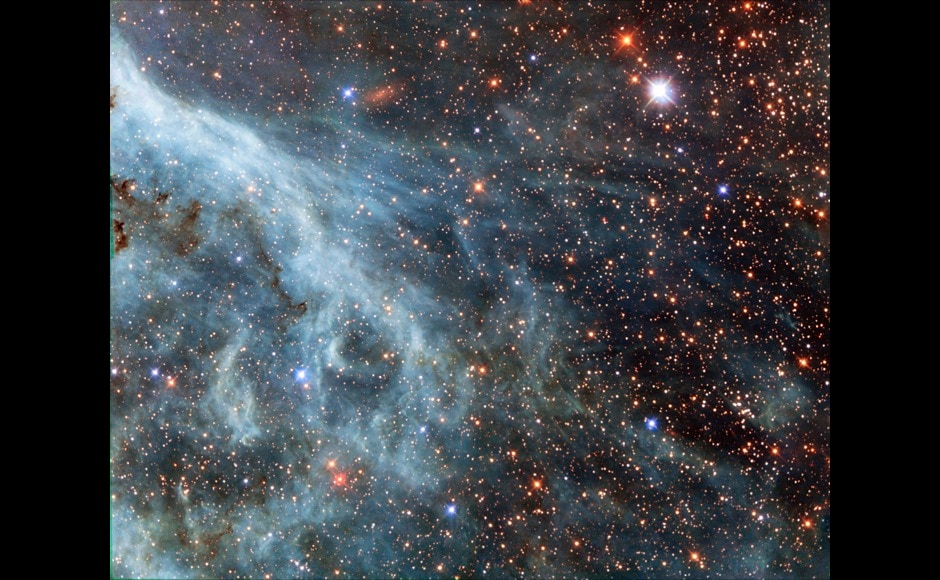 A section of the Tarantula Nebula, located within the Large Magellanic Cloud (LMC), is seen in an undated NASA image taken with the Hubble Space Telescope. Reuters[/caption] [caption id=“attachment_2210834” align=“alignleft” width=“940”] 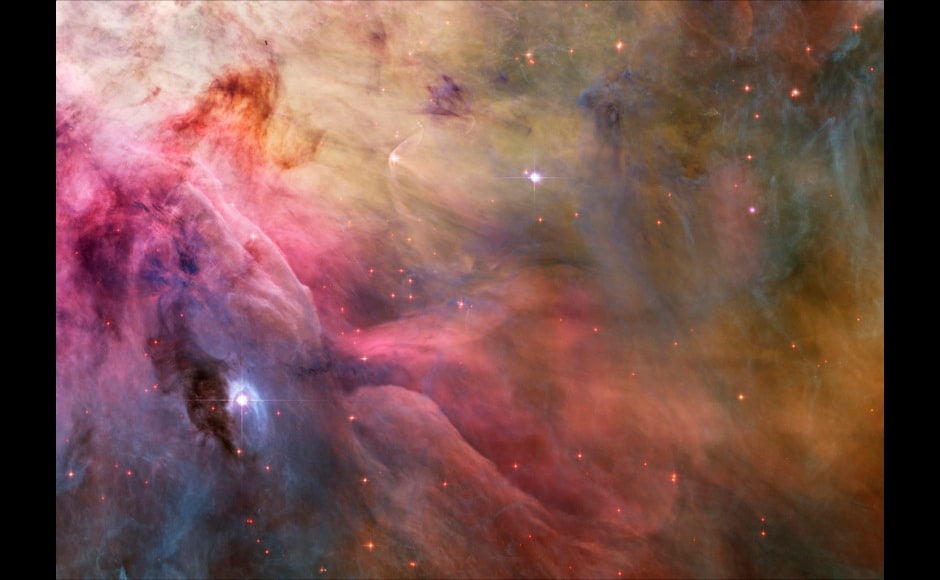 NASA illustration shows aesthetic close-up of cosmic clouds and stellar winds featuring LL Orionis, interacting with the Orion Nebula flow in this image released on February 4, 2013. Adrift in Orion’s stellar nursery and still in its formative years, variable star LL Orionis produces a wind more energetic than the wind from our own middle-aged Sun. Reuters[/caption] [caption id=“attachment_2210836” align=“alignleft” width=“940”] 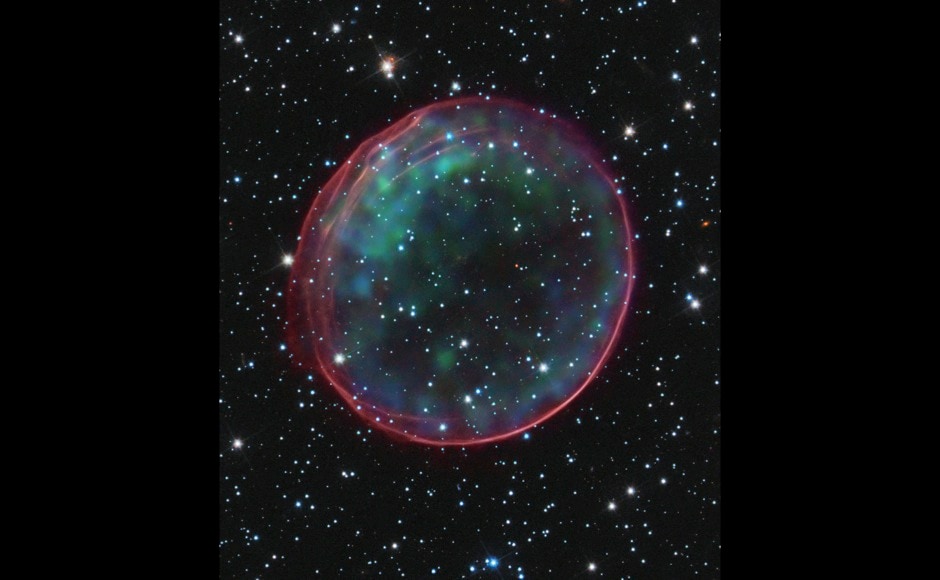 Supernova remnant 0509-67.5, located in the Large Magellanic Cloud (LMC), a small galaxy about 170,000 light-years from Earth. Reuters[/caption] [caption id=“attachment_2210838” align=“alignleft” width=“940”]  Star V838 Monocerotis’s (V838 Mon) light echo, which is about six light years in diameter, is seen from the Hubble Space Telescope. Reuters[/caption] [caption id=“attachment_2210840” align=“alignleft” width=“940”] 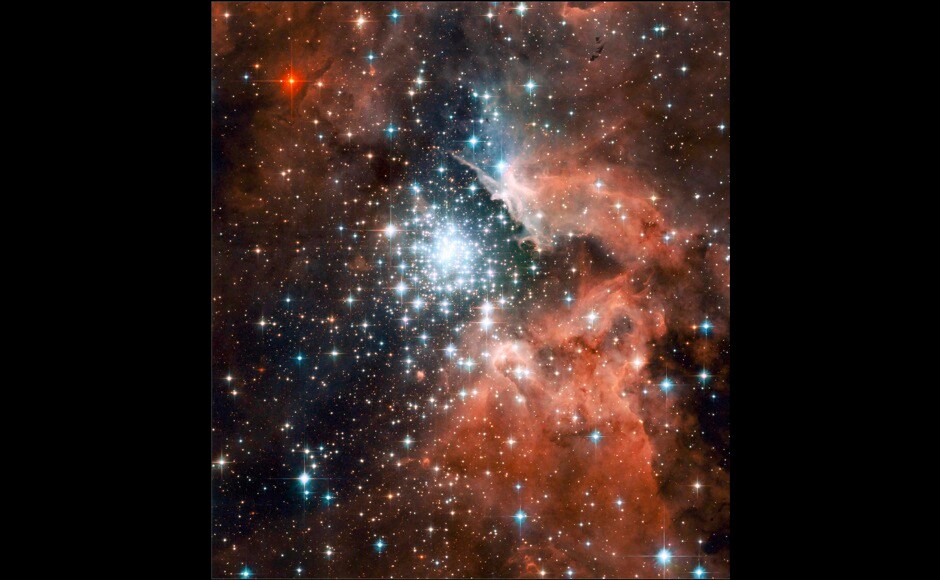 Giant star-forming nebula with massive young stellar clusters. Astronomers who stumbled upon a powerful burst of radio waves said that they had never seen anything like it before, and it could offer a new way to search for colliding stars or dying black holes. Reuters[/caption] [caption id=“attachment_2210842” align=“alignleft” width=“940”] 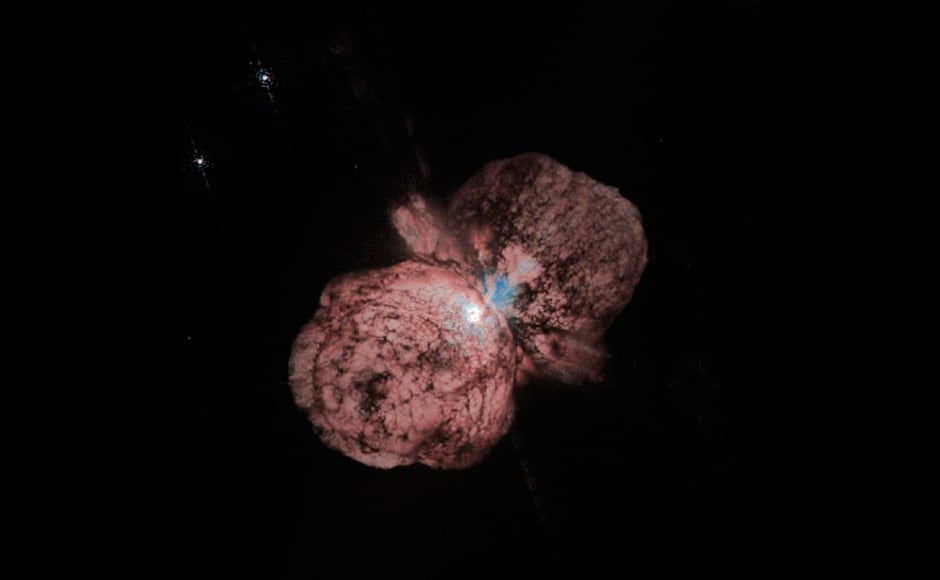 Eta Carinae in our Milky Way galaxy that experts believe might explode in a supernova at any time, based on data from the Hubble Space Telescope. Reuters[/caption] [caption id=“attachment_2210846” align=“alignleft” width=“940”] 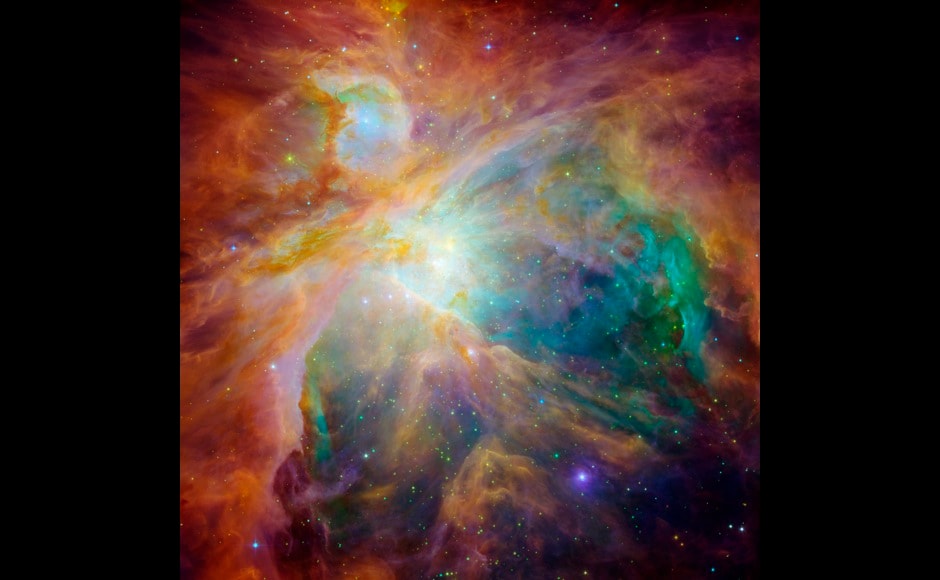 This image shows an infrared and visible-light composite that indicates that a “gang” of four monstrously massive stars at the center of the cloud may be the main culprits of mayhem in the familiar Orion constellation. The stars are collectively called the “Trapezium” and can be communally identified as the yellow smudge near the center of the image. Swirls of green in Hubble’s ultraviolet and visible-light view reveal hydrogen and sulfur gas that have been heated and ionized by intense ultraviolet radiation from the Trapezium’s stars. Reuters[/caption] [caption id=“attachment_2210848” align=“alignleft” width=“940”] 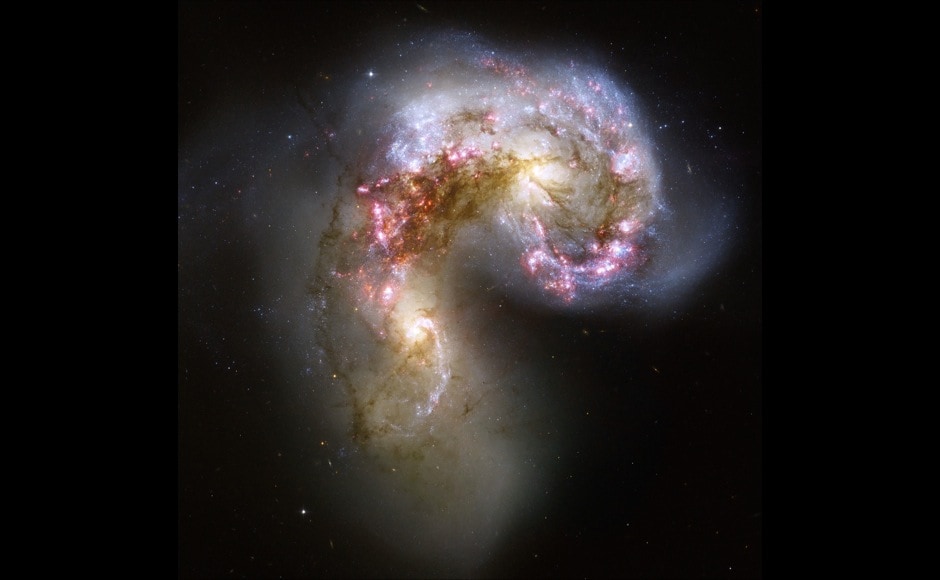 This Hubble image of the Antennae galaxies is the sharpest yet of this merging pair of galaxies. As the two galaxies smash together, billions of stars are born, mostly in groups and clusters of stars. The brightest and most compact of these are called super star clusters. Reuters[/caption]
Celebrating 25 years of Hubble: See some of the most spectacular space photographs ever taken
Advertisement
End of Article


)

)
)
)
)
)
)
)
)



